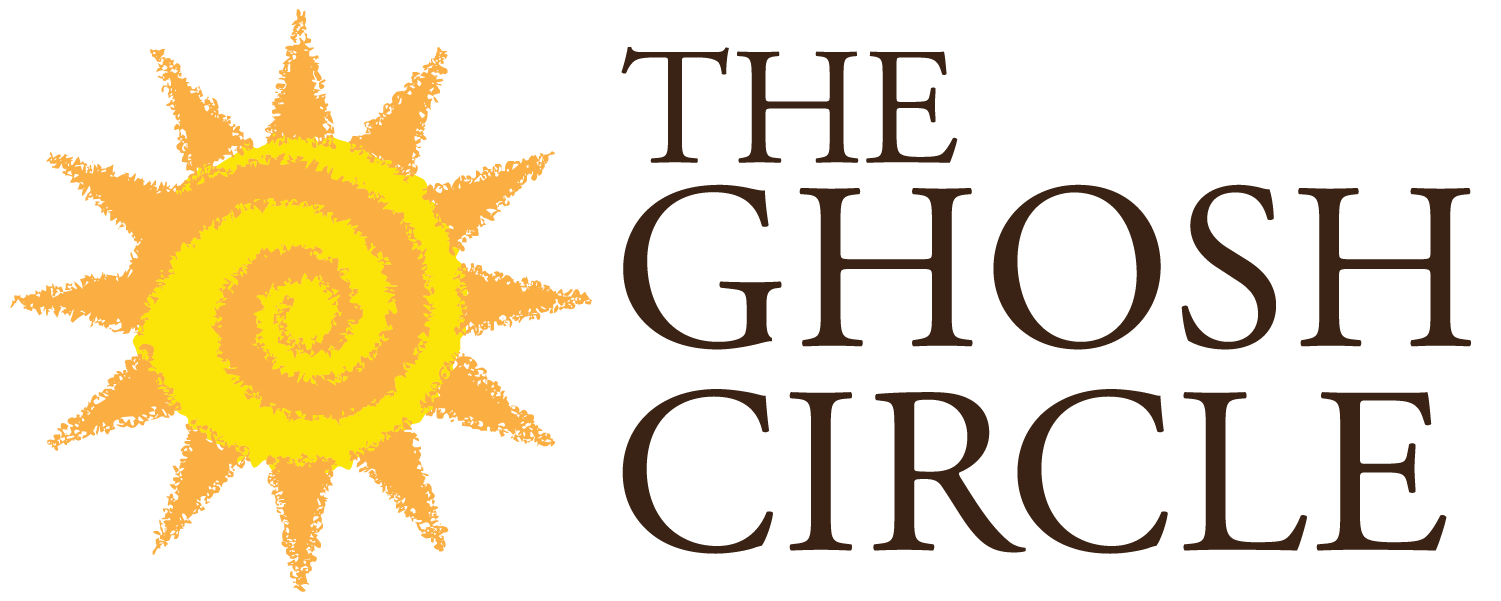New Shingles Vaccine Is Worth a Shot
People who’ve had shingles say that it’s one of the most painful things they’ve ever experienced. Shingles can make your skin so sensitive that the slightest breeze or the touch of clothing can cause intense pain. Other symptoms include fever, itching, fluid-filled blisters and a burning or tingling sensation. After the shingles rash subsides, some people are left with a condition called post-herpetic neuralgia or PHN, where the pain is ongoing and debilitating.
Increased Risk for Older and Immune-Compromised Adults
Clearly, nobody wants to go there. Yet most older adults are at increased risk for the disease. If you had chickenpox as a child, the virus that caused it, VZV, continues to live in some of your nerve cells. After being inactive for decades, the virus often becomes active again, this time producing shingles instead of chickenpox.
The hard truth is that 99% of adults over age 50 are infected with VZV, and it’s estimated one in three will contract shingles. With every decade of life, the risk gets higher. In addition, the risk soars if your immune system is weakened, for example by cancer or cancer treatments.
New Vaccine Shows Great Promise
Until now, the only vaccine for shingles, Zostavax®, wasn’t considered very effective in preventing shingles in older people. And, because Zostavax was a live virus vaccine, it wasn’t safe for people with suppressed immune systems.
All that changed in late 2017 when the FDA approved Shingrix®, a new vaccine with great potential for preventing shingles. Large international trials have shown that the vaccine prevents more than 90% of shingles cases, even at older ages, and it appears to offer a longer period of protection than the earlier vaccine. Better yet, because Shingrix is not a live virus vaccine and combines a non-live antigen with an adjuvant designed to trigger a strong immune response, it can be given to people with cancer and other immune diseases. If this applies to you, talk with your doctor about the risks and benefits of getting the vaccine.
Shingrix Is Available Locally
Although the vaccine is not offered at The Ghosh Center, Shingrix is now available through most primary care providers and at retail pharmacies like HyVee. All Medicare Part D plans and most private health insurance plans will cover the cost.
Frequently Asked Questions
The following information is provided by the Centers for Disease Control (CDC) regarding the new vaccine.
Who Should Get Shingrix?
Healthy adults 50 years and older should get two doses of Shingrix, separated by two to six months. You should get Shingrix even if in the past you:
had shingles
received Zostavax
are not sure if you had chickenpox
There is no maximum age for getting Shingrix.
“Although the vaccine is not offered at The Ghosh Center, Shingrix is now available through most primary care providers and at retail pharmacies like HyVee.”
If you had shingles in the past, you can get Shingrix to help prevent future occurrences of the disease. If you had Zostavax in the recent past, you should wait at least eight weeks before getting Shingrix. Talk to your healthcare provider to determine the best time to get Shingrix.
Who Should Not Get Shingrix
You should not get Shingrix if you:
have ever had a severe allergic reaction to any component of the vaccine or after a dose of Shingrix
tested negative for immunity to VZV. If you test negative, you should get chickenpox vaccine.
currently have shingles
currently are pregnant or breastfeeding
If you have a minor illness, such as a cold, you may get Shingrix. But if you have a moderate or severe illness, you should usually wait until you recover before getting the vaccine. This includes anyone with a temperature of 101.3°F or higher.
How Well Does Shingrix Work?
Two doses of Shingrix provides strong protection against shingles and PHN.
In adults 50 to 69 years old who got two doses, Shingrix was 97% effective in preventing shingles; among adults 70 years and older, Shingrix was 91% effective.
In adults 50 to 69 years old who got two doses, Shingrix was 91% effective in preventing PHN; among adults 70 years and older, Shingrix was 89% effective.
Shingrix protection remained high (more than 85%) in people 70 years and older throughout the four years following vaccination. Since your risk of shingles and PHN increases as you get older, it is important to have strong protection against shingles in your older years.
What Are the Possible Side Effects of Shingrix?
Studies show that Shingrix is safe. The vaccine helps your body create a strong defense against shingles. As a result, you are likely to have temporary side effects, such as a sore arm, muscle pain, headache or fever, from getting the shots. The side effects may affect your ability to do normal daily activities for two to three days. Side effects are more common in young people.

